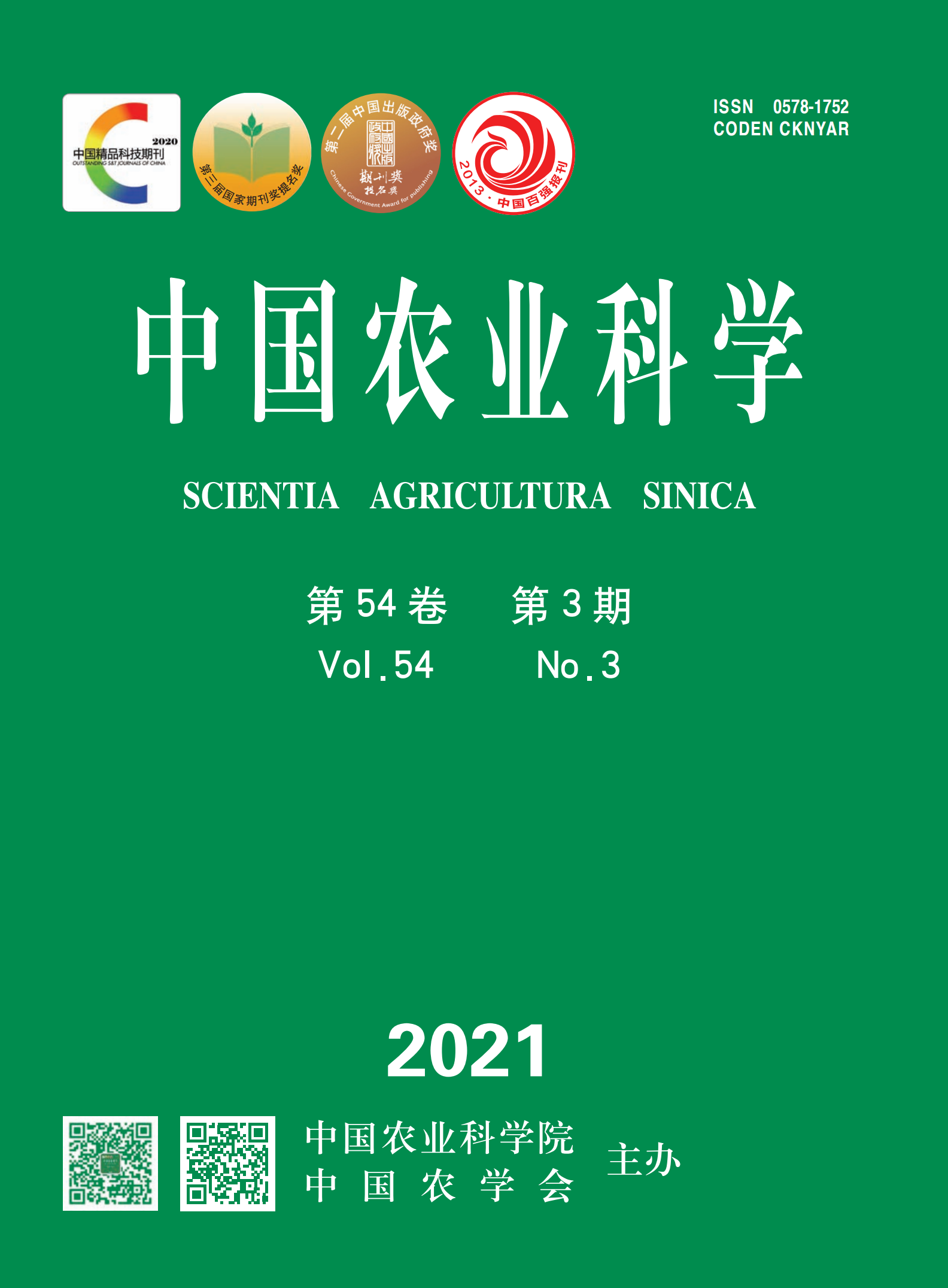【Objective】By exploring the root cellular physiological mechanism on sugarcane yield and sugar content under the new farming method of Fenlong, this paper provided a theoretical basis for the promotion of Fenlong cultivation technology.【Method】Guitang 42 was used as the tested sugarcane variety, the conventional rotary tillage (CK, the depth of ploughing was 25 cm) and Fenlong cultivation (the depth of ploughing was 40 cm) were carried out to investigate the soil available nutrient, agronomic characters, yield and sugar content, root vitality, cellular ultrastructure and the enzyme of respiratory metabolic of sugarcane root.【Result】(1) The alkaline N and available P of new plant of Fenlong cultivation were 8.7% and 17.9% significantly higher than those under CK, respectively, and the alkaline N and available P of ratoon cane were 10.4% and 25.6% significantly higher than those under CK, respectively. (2) The emergence rate and tillering rate of Fenlong were increased by 25.0% and 17.4%, respectively, and regenerated sugarcane increased by 30.6% and 11.7%, respectively. Compared with conventional cultivation, the plant height, stem diameter, single stem weight, effective stem and yield of new planting sugarcane under Fenlonng cultivation increased by 13.2%, 17.6%, 29.0%, 5.3% and 12.9%, respectively, and regenerated sugarcane with Fenlonng cultivation increased by 7.6%, 22.2%, 70.3%, 18.7% and 12.9%, respectively. (3) The length, diameter, volume, root tip number, surface area, fresh weight and dry weight of root under Fenlong cultivation were 20.9%-42.3%, 12.3%-71.0%, 33.3%-71.0%, 6.4%-61.6%, 21.8%-64.1%, 26.8%-64.4% and 32.6%-95.3% significantly greater under CK, respectively. (4) Under Fenlong cultivation conditions, root hair area and cells were longer, the root hair arrangement was looser and more orderly, the root tip cell wall was thickened, the cytoplasm, rough endoplasmic reticulum and Golgi body were more abundant, the number of mitochondria was more and the crest was clear, and the nuclear structure was more compact than those under CK. The root hair length, root hair density, total root hair length per unit area and the number of mitochondria in cells were 53.3%, 73.0%, 111.1% and 37.5% higher than those under CK, respectively. The Fenlong tillage ratoon sugarcane above indicators also increased by 38.9%, 95.9%, 82.6% and 53.8%, respectively, and the same index was significantly different among different cultivation methods. (5) The root activity of sugarcane with Fenlong cultivation in seedling stage, elongation stage and maturity stage with Fenlong cultivation were 1.29 times, 1.39 times and 1.25 times significantly higher than CK, respectively. (6) The activity of malate dehydrogenase, cytochrome oxidase and polyphenol oxidase of sugarcane with Fenlong cultivation increased significantly at seedling stage and elongation stage. In the seedling stage, the activities of MDH? PPO and CytcA510 in newly planted sugarcane were 22.9%, 28.1% and 38.9% significantly higher than those under CK, and the indexes of ratoon cane were 23.0%, 20.3% and 27.7% significantly higher than those under CK, respectively. At the elongation stage, the activities of malate dehydrogenase, cytochrome oxidase and polyphenol oxidase of sugarcane with Fenlong cultivation were 21.2%, 41.8% and 33.7% significantly higher than those under CK, respectively; THE indexes of regenerated sugarcane were 27.4%, 26.8% and 53.3% higher than those of under CK, respectively; THE activities of MDH and PPO were significantly higher than those under CK.【Conclusion】 Fenlong cultivation of sugarcane could improve the soil available nutrient, improve the morphology and tissue cell structure of sugarcane roots, improve the activity of enzymes related to respiratory metabolism, thereby promoting the absorption of water and fertilizer by roots, facilitating growth and development on the ground, and increasing sugarcane yield and sugar content.









